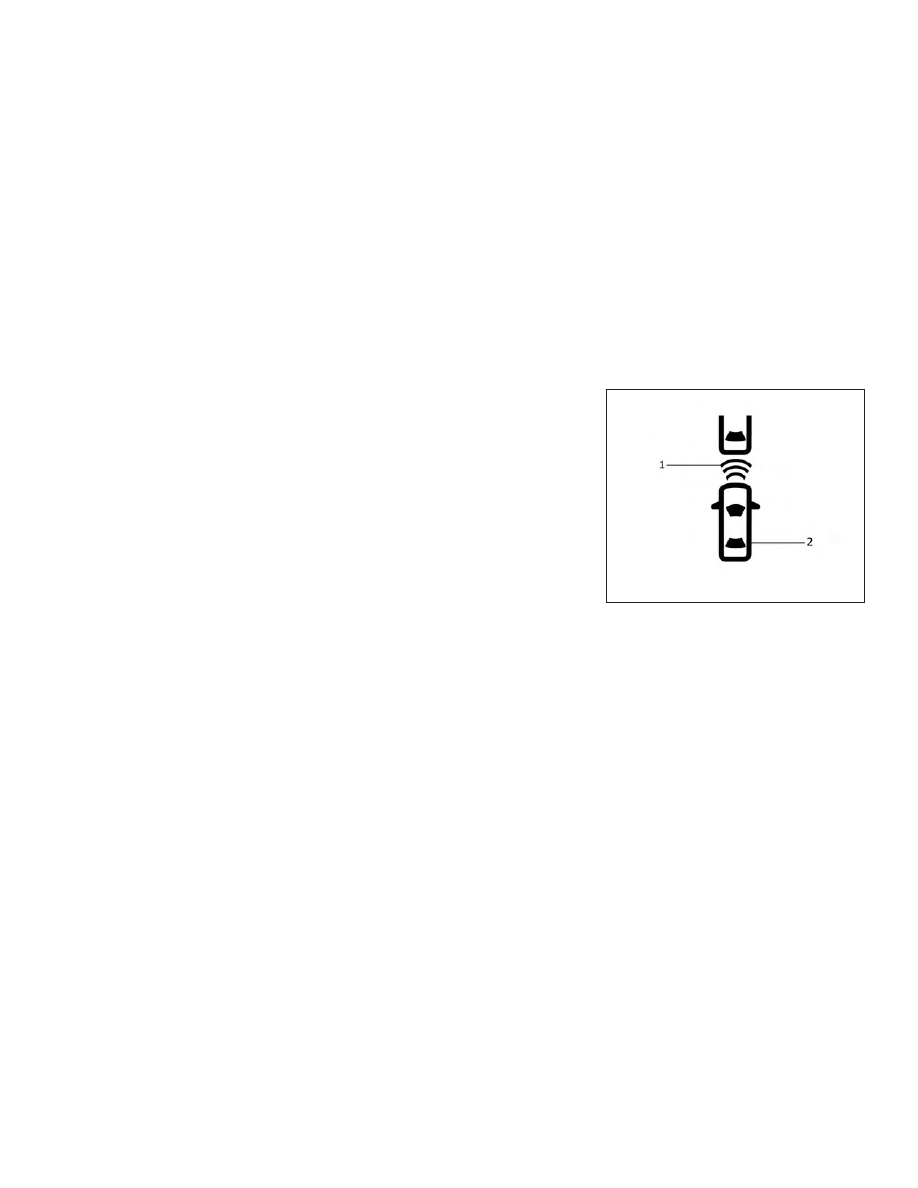Infiniti QX50 (2019 year). Manual - part 25

or off on the display. If the system is set to
off, the system will not turn on even if the
dynamic driver assistance switch (for models
without ProPILOT Assist) or the ProPILOT
Assist switch (for models with ProPILOT As-
sist) on the steering wheel is pushed to on.
For additional information, refer to “Setting
DCA system to ON/OFF” in this section.
Setting DCA system to ON/OFF:
The DCA can be turned on/off in the lower
display.
1. Press the MENU button below the lower
display screen.
2. Select “Driver Assistance.”
3. Select “Forward Assist.”
4. Select “ON” to turn the “Distance Con-
trol Assist” system on or off.
If the LDP, BSI and DCA systems are set to
off in the lower display and the dynamic
driver assistance switch (for models without
ProPILOT Assist) or the ProPILOT Assist
switch (for models with ProPILOT Assist) on
the steering wheel is pushed, the LDP indica-
tor light, BSI ON indicator light, and the DCA
system switch indicator light will blink for
approximately 2 seconds.
For additional information on LDP and BSI,
refer to “Lane Departure Prevention (LDP)”
and “Blind Spot Intervention® (BSI)” in this
section.
DCA system display and indicators
The display is located between the speedom-
eter and tachometer.
1. DCA system switch indicator (green):
Indicates that the dynamic driver assis-
tance switch (for models without ProPI-
LOT Assist) or the ProPILOT Assist
switch (for models with ProPILOT As-
sist) on the steering wheel is on.
2. DCA system warning light (orange):
The light comes on if there is a malfunc-
tion in the DCA system.
LSD3034
5-144
Starting and driving